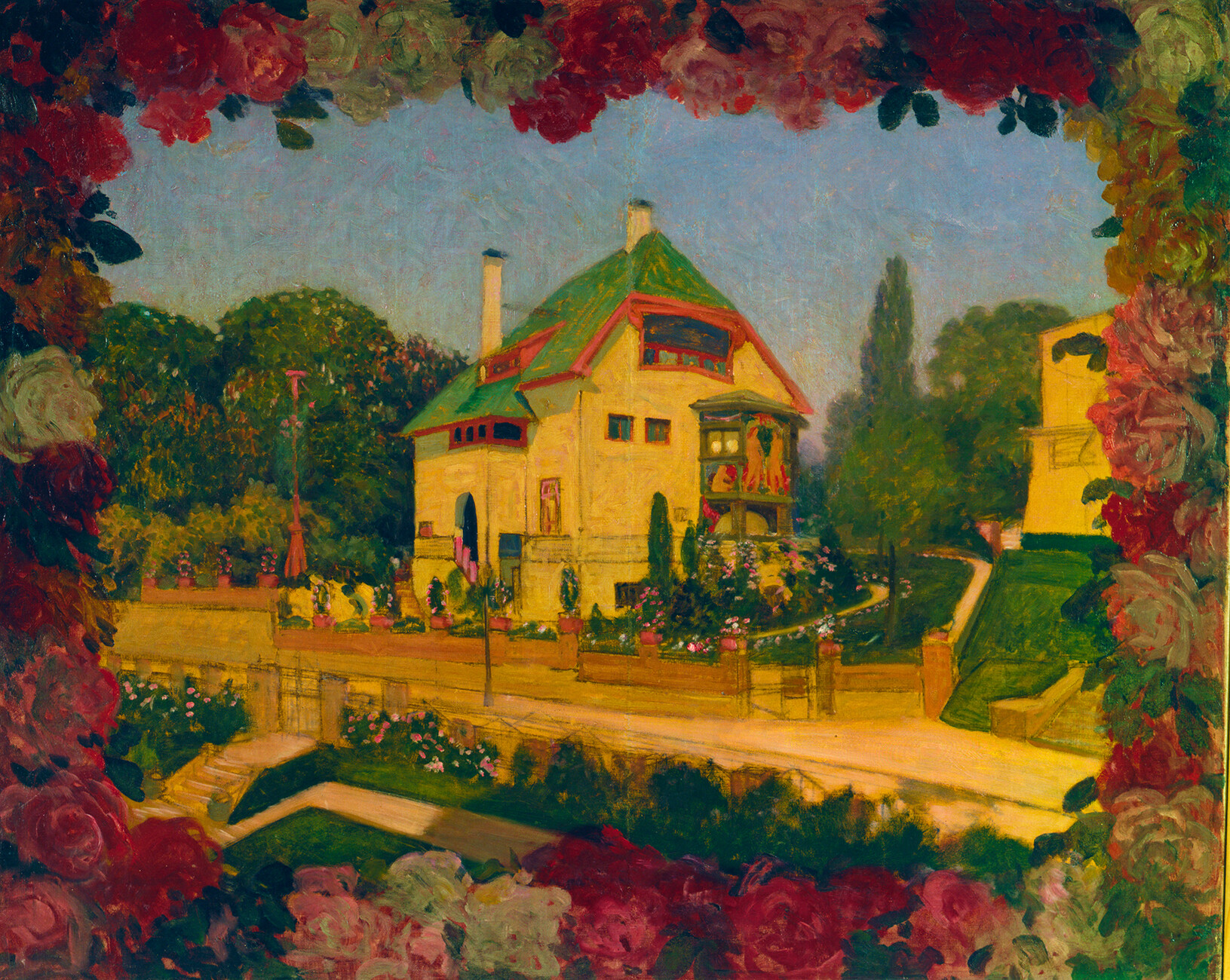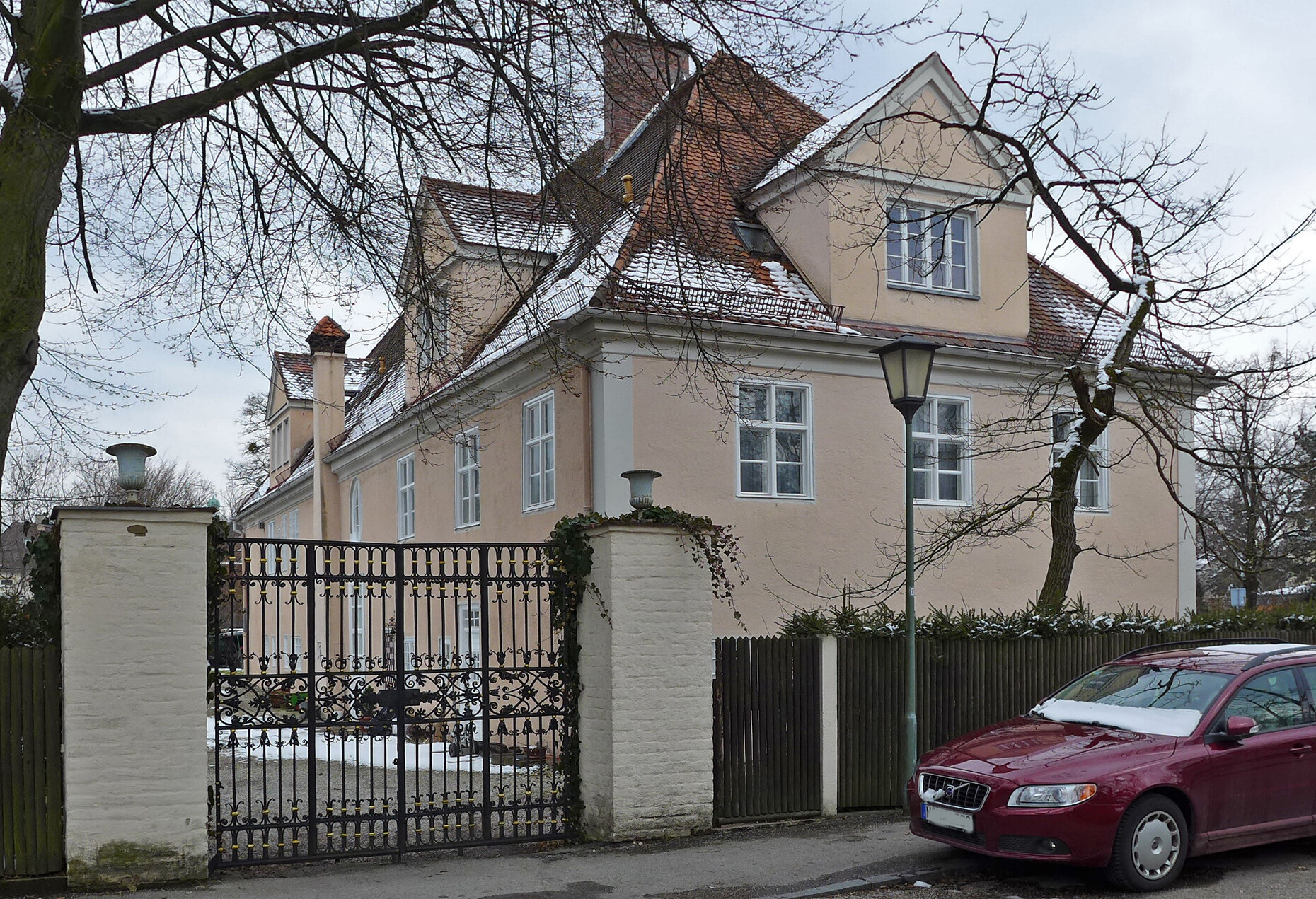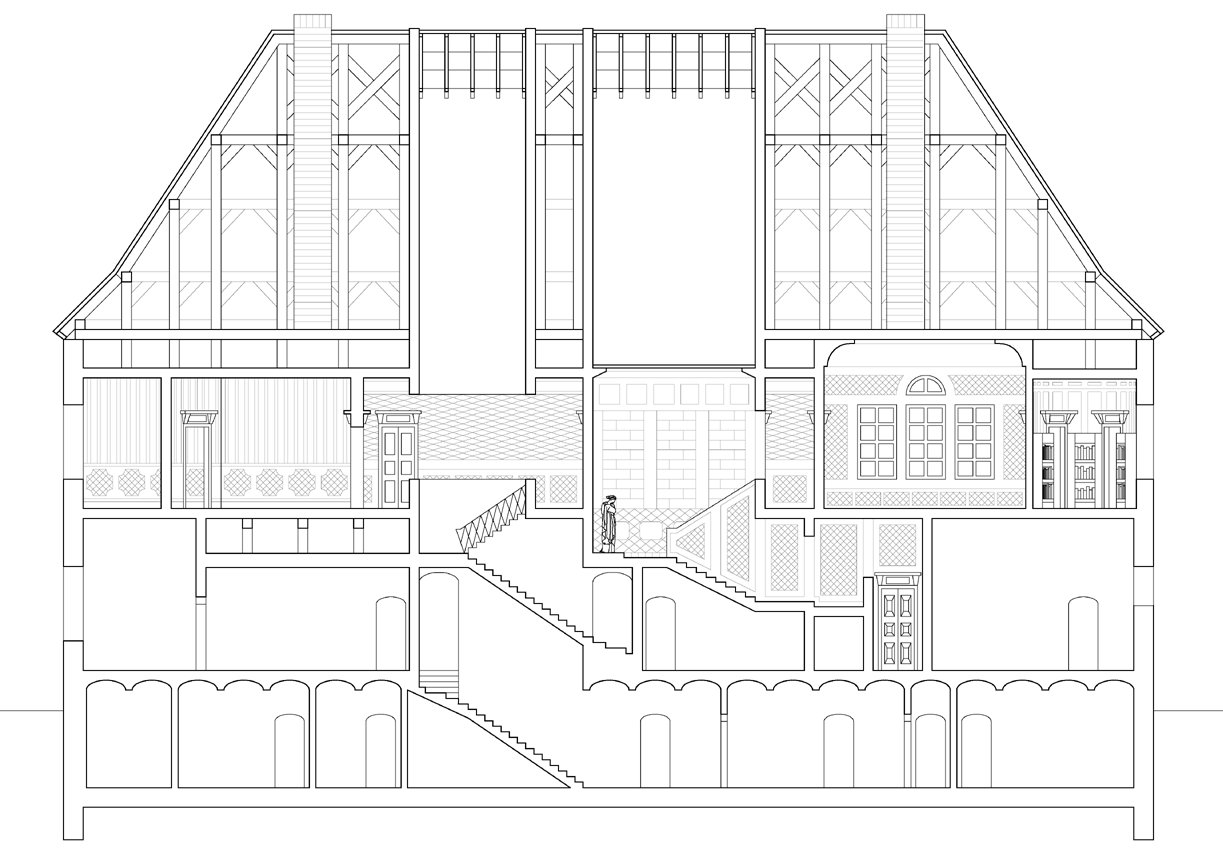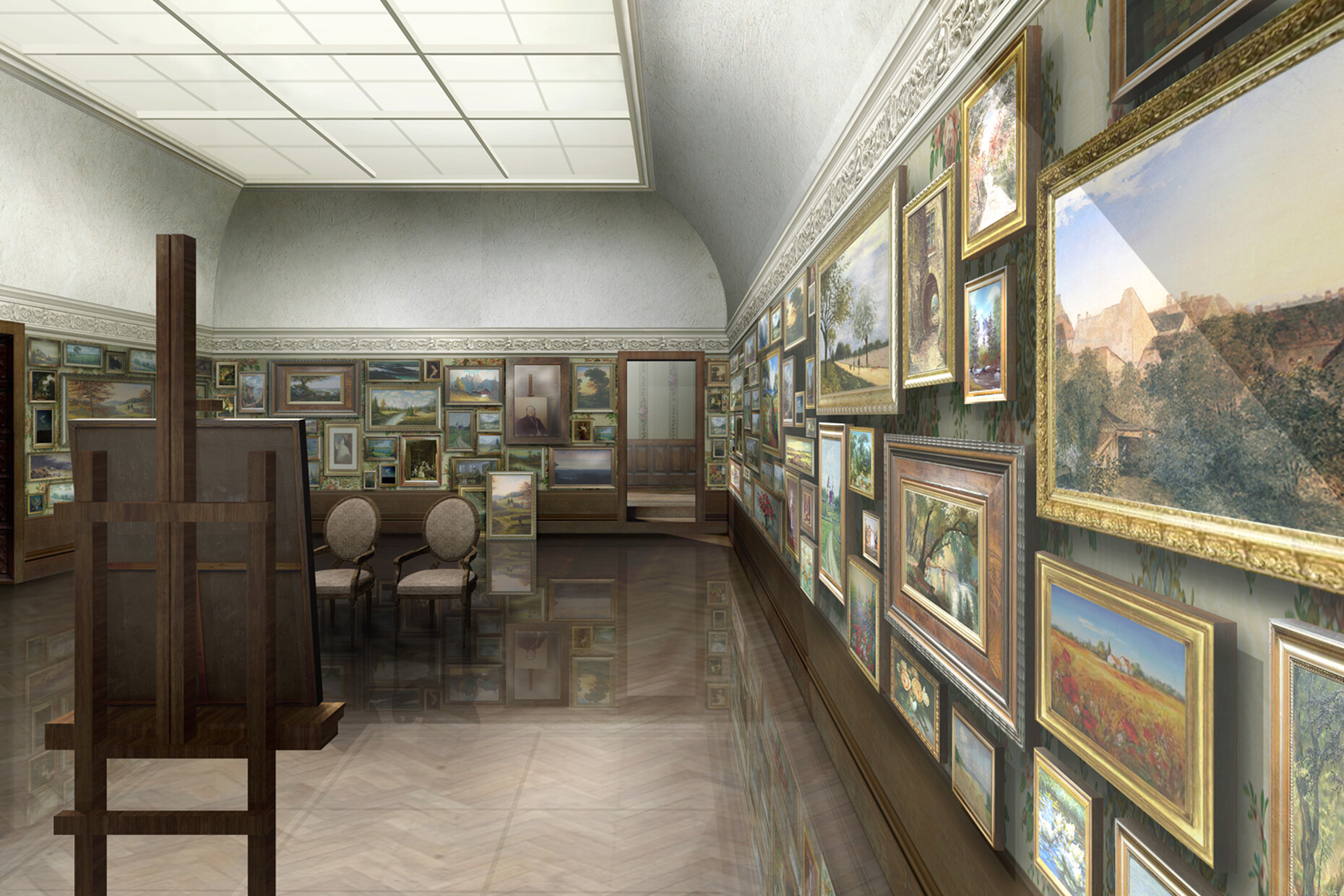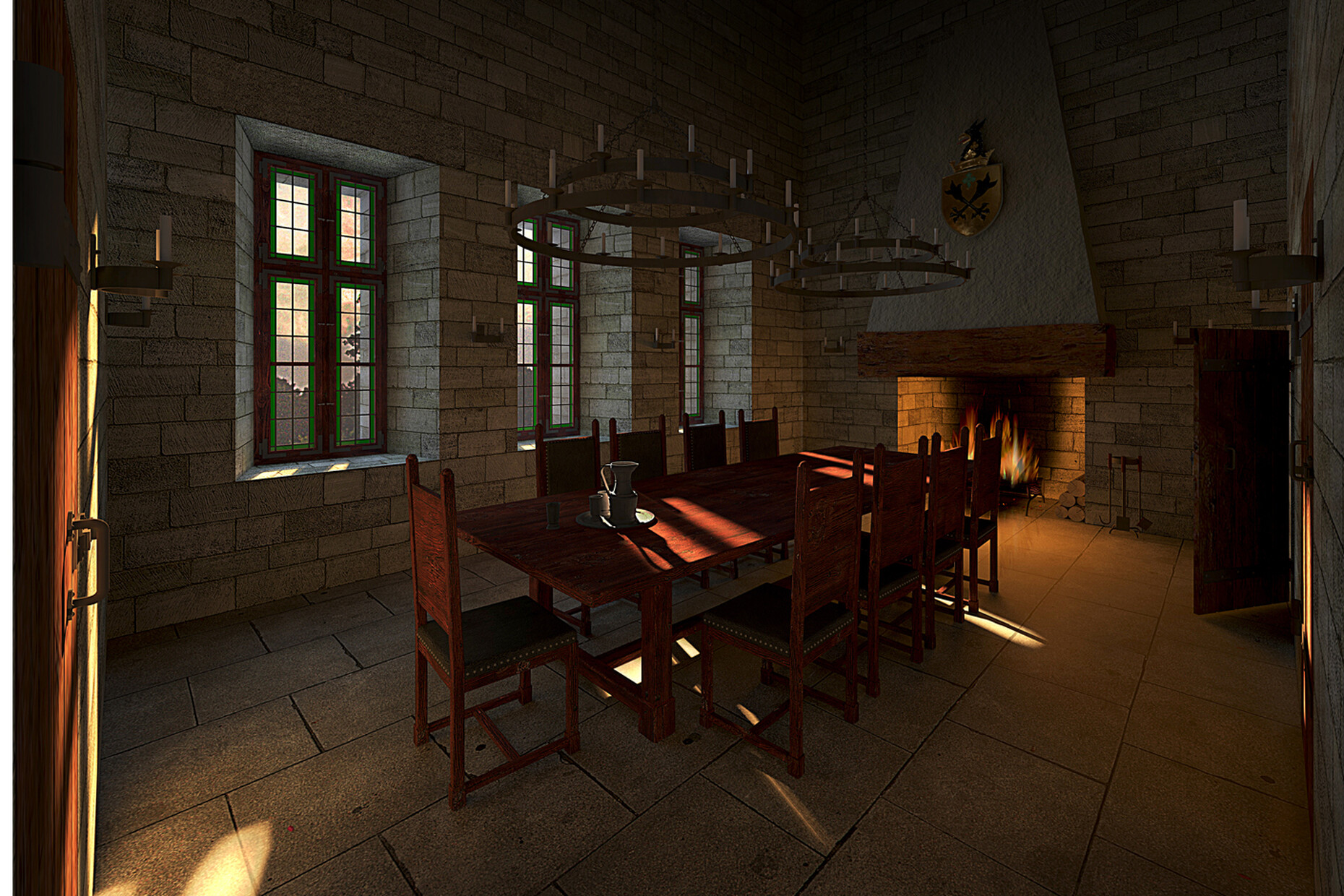Modernism with a rocking chair
Historical changes are often like infections. The being that is society is attacked by various germs, most of which are, however, repelled by the immune system of habit. But if the organism is in a weakened state a number of these germs succeed in asserting themselves. The incubation periods for such infections can be rather long, meaning that the attacks can then recur cyclically. Nowadays it is the rumblings of longing which make the days we live in so susceptible to multiple germs – even the kind that have been around since rather more mawkish/bourgeois times. Henry David Thoreau’s report “Walden or Life in the Woods” for example still advocates an attitude that is close to nature and critical of consumerism. Whereas the urban lifestyle, with its focus on economic considerations has now been declared the only valid design for living and the benchmark for the architects, one or two promising alternatives are to be found in the treasure trove of history. These include a novel and the fictitious house described in detail in it – Adalbert Stifter’s “Indian Summer” and its central ‘Rosenhaus’.
It is surprising and really somewhat audacious to see the root of modern architecture – or at least one particular incarnation of it – in what is a novel in which very little happens, by Biedermeier writer Adalbert Stifter (1805-1868). But this is exactly what Uwe Bresan attempts to do in his book “Stifters Rosenhaus. Eine literarische Fiktion schreibt Architekturgeschichte”. According to Bresan, Stifter’s 1857 novel is an epic without a battle, a drama without a conflict, a narrative lacking in any kind of climax. With unparalleled verbosity Stifter tells the story of a young wayfarer, Heinrich Drendorf, who is one day surprised by a gathering storm, one which, as it turns out, fails to materialize, and accordingly start looking for somewhere to take shelter. "There was also a house on a hill which did not appear to be either a farmhouse or any kind of farm building belonging to one of the local residents, but rather a city dweller's country house. … When I approached the house I was privy to a wonderful view. The house was completely covered in roses."
It is not the verbose narrative as such, but the Rosenhaus, something which is described at great length, that is the focus of Bresan's argument. This rose-covered edifice in which the lonely traveler spends several days in the company of the householder, a Freiherr von Riesach, (who has tellingly made his money dealing in war bonds) and his family, the place which he, invited by the owner, visits regularly, finally marrying his host's daughter, seemingly securing him a life in lasting "simplicity and security, one with meaning".
"Indian Summer" failed to attract a wide readership, either from the literary critics or among readers. It was condemned as the “most boring book in world literature” and criticized repeatedly and harshly. Bresan, by contrast, regards “Indian Summer”, as a “textbook on the good life”, a kind of style guide. “Anybody wishing to find out how to fit out their apartment, their library, their gardens, their workplaces etc. both tastefully and functionally can find the most comprehensive notes on the subject in this novel.” Intended in 1858 as an excoriation, it was seen by Bresan as an explanation of the cyclical success of Stifter’s “Indian Summer” with architects. Bresan goes into the effect of the Rosenhaus in depth, describing it as a kind of "primitive hut" in the Garden of Eden and searching for possible archetypes amongst the regional farm buildings, farmhouses and manor houses in the region around Kremsmünster and even going as far as the Humboldt Schloss in Tegel and tracing the complicated history of its reception right up to around the time of Rudolf Schwarz, Heinz Bienefeld and Hans Kollhoff.
With regard to possible examples for Stifter’s ideas, Bresan believes that, taking its lead from Eckermann’s “Conversations with Goethe” Stifter was inspired by Goethe's houses in Weimar – the poet's house on Frauenplan and his garden house outside the city. In this context, the facts that many different impressions find their way into literary works in general and that it was not only external features that account for the Rosenhaus having served as an exemplar tend to be neglected.
If we start to think about people such as Nikolaus Pevsner or William Morris, Paul Schultze-Naumburg or Joseph Maria Olbrich, about Joseph August Lux, a less well-known figure, or about Paul Schmitthenner, Bresan offers as a wealth of material on the reception of Stifter by architects. He meticulously prepares every layer of connective tissue from the body that is modern architecture that might stand for a certain synthesis of progress and tradition, but without discussing them in any wider context.
In the wake of the “Life Reform” movement, it was for example the founding architects of the Heimatschutzbund, the German garden city movement and of the Werkbund, who tussles with what they increasingly felt were the threatening consequences of industrial progress. The clearer the rupture with past traditions, the more promising Stifter’s seemingly orderly everyday life far away from cities and factories seemed. Stifter’s ‘Rosenhaus’ thus became the artistic highpoint of a last epoch in building driven by a coherent sense of style. The battle cry of “Biedermeier Our Educator!” was ostensibly followed, among others, by architects such as Peter Behrens, Josef Hoffmann, Adolf Loos, Bruno Paul and Heinrich Tessenow.
Munich architect Theodor Fischer, for example, who has gone down in modern architectural history as the “teacher of the avant-garde” and whose students included the likes of Bruno Taut, Hugo Häring, Ernst May and Erich Mendelsohn, not only made his own sketches of the ‘Rosenhaus’, he regularly had his students devise designs based on the descriptions in the novel. This practice, Bresan suggests, was typical of many architectural colleges in the 1920s and 1930s and is in individual instances still pursued to day. Paul Schmitthenner seems to be the 20th-century architect whose oeuvre was most decisively influenced by reading Stifter. He “lived and worked”, or so one of his students said, truly in the world of the “Indian Summer” – as can be seen, among other things, from the fact that in his lectures Schmitthenner often used Stifter’s words, with almost no paraphrase, to describe his own theory of architecture.
Irrespective of the controversy over the literary quality of Stifter’s “Indian Summer”, among architects the lost past of a bourgeois culture of the interior with its purported innocence and intimacy has repeatedly been greeted with approval. While a cold and functional architecture of what was feasible using mass-produced items spread, the yearning for an alternative chose Stifter’s Biedermeier Rosenhaus idyll as the interior in which one could live sweetly, tastefully and in a homely vein, a yearning that construed architecture in keeping with the pattern set by Freiherr von Riesach: “We learned from the Old, but we did not emulate it.”
Whether an focus on Stifter as a role model must invariably culminate in some neo-bourgeois escapism, in which, as Arno Schmidt once put it, that “useless diligence” raises its head, which “the loafers in life bring to bear for precisely such anecdotes, such clear leisure-time pursuits”, is a moot point. Among architects, and this is clear from a reading of Bresan’s account of the history of Stifter’s reception, there is certainly still the danger that they may get infected.
Uwe Bresan
Stifters Rosenhaus. Eine literarische Fiktion schreibt Architekturgeschichte
248 p., br.
Verlagsanstalt Alexander Koch 2016
ISBN 978-3871819063
16,50 Euro
